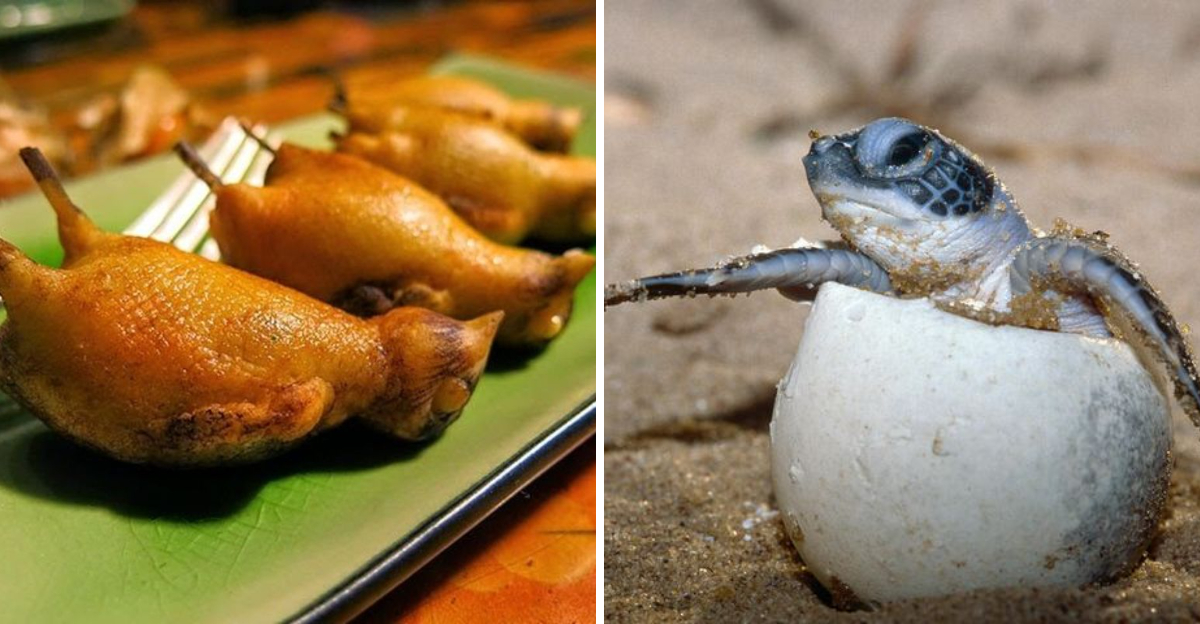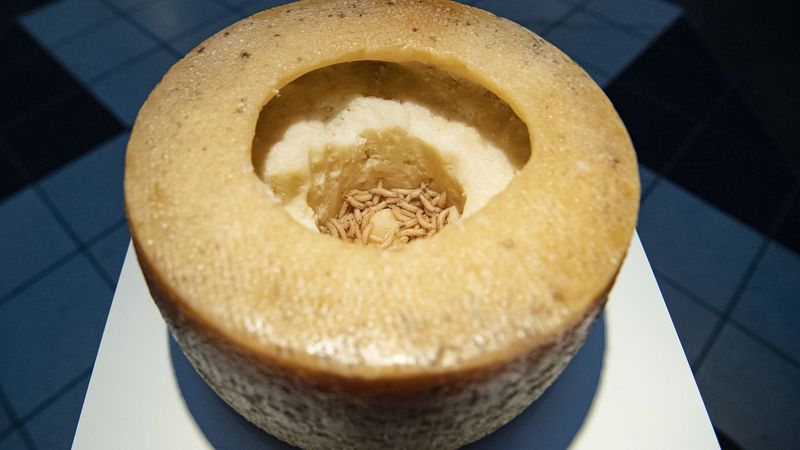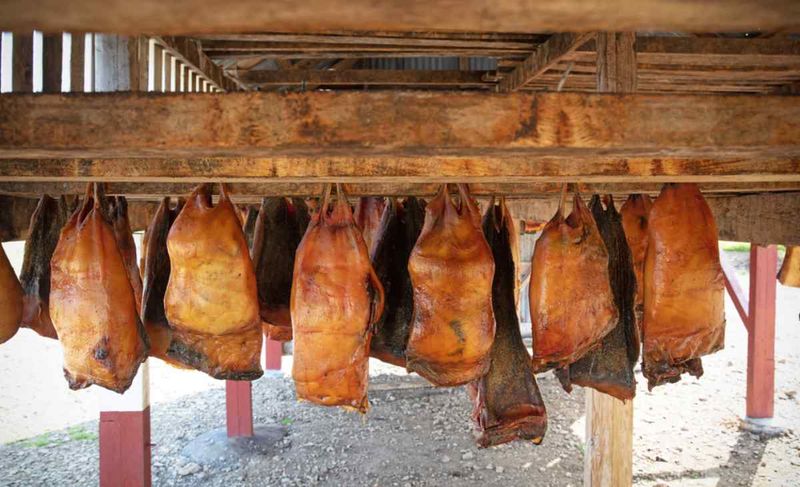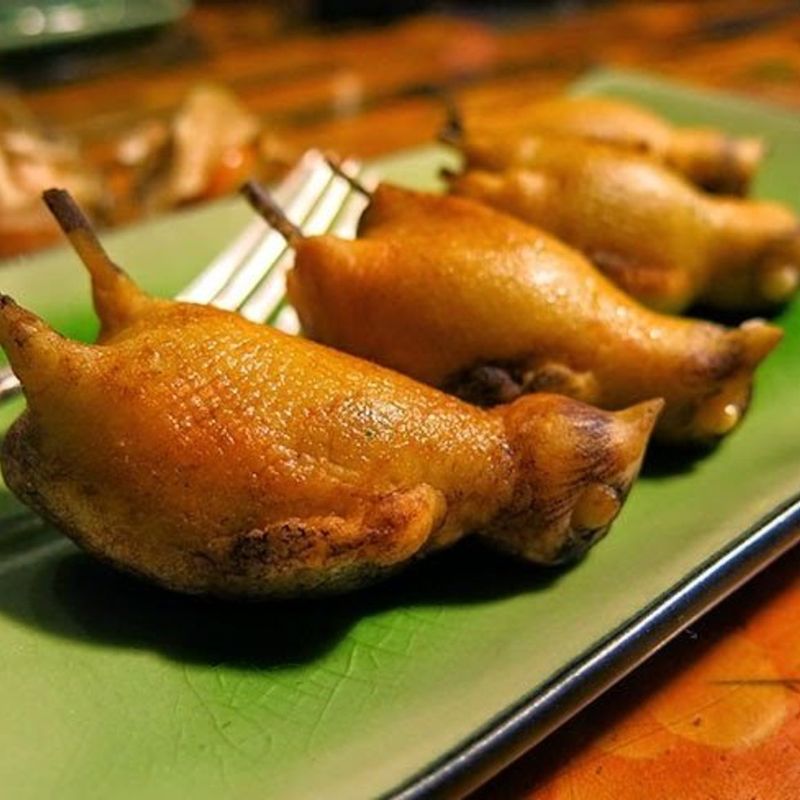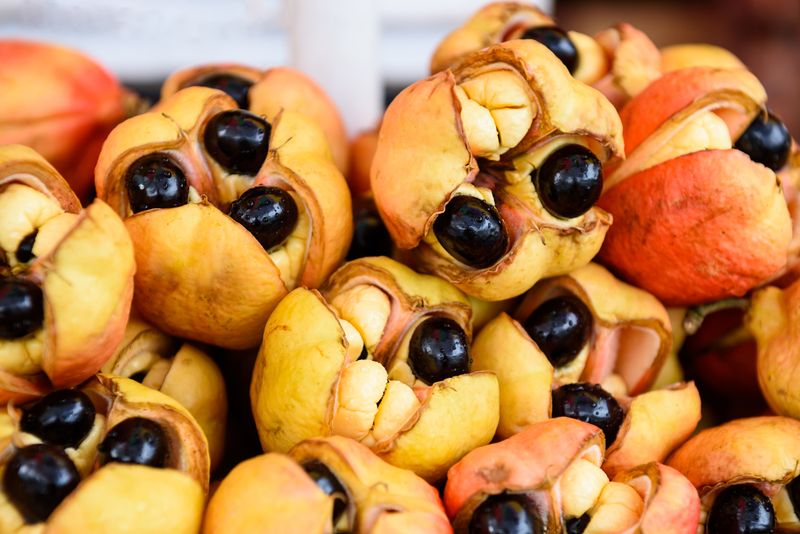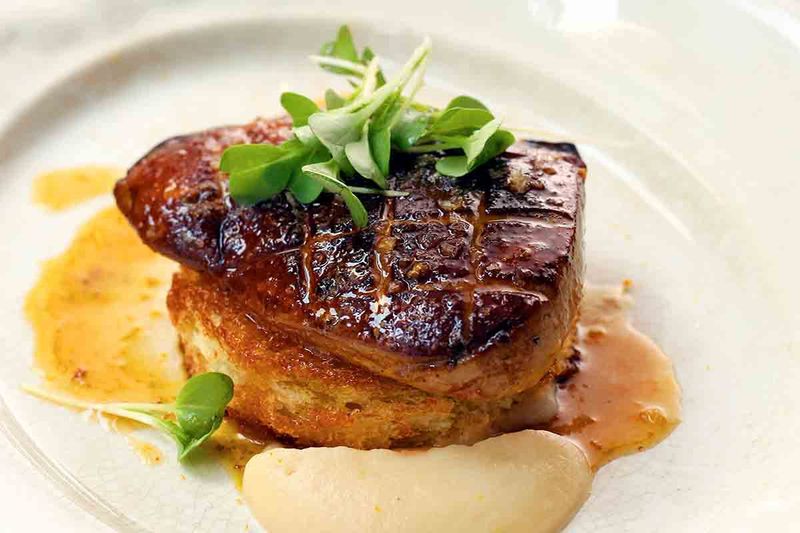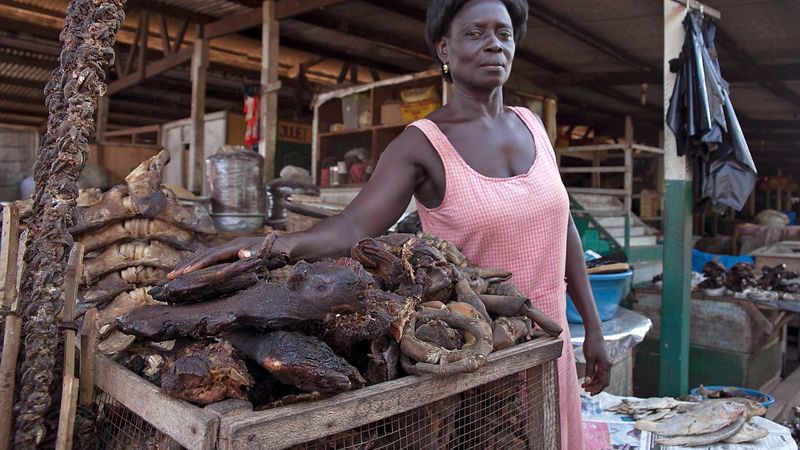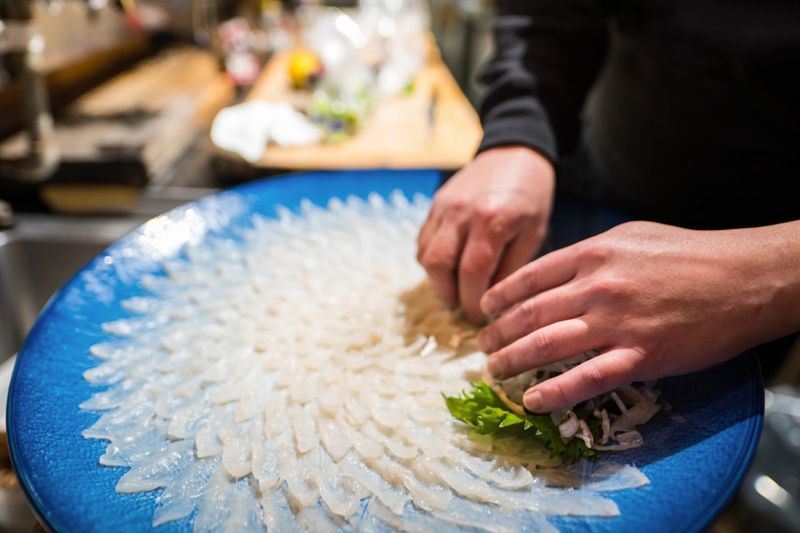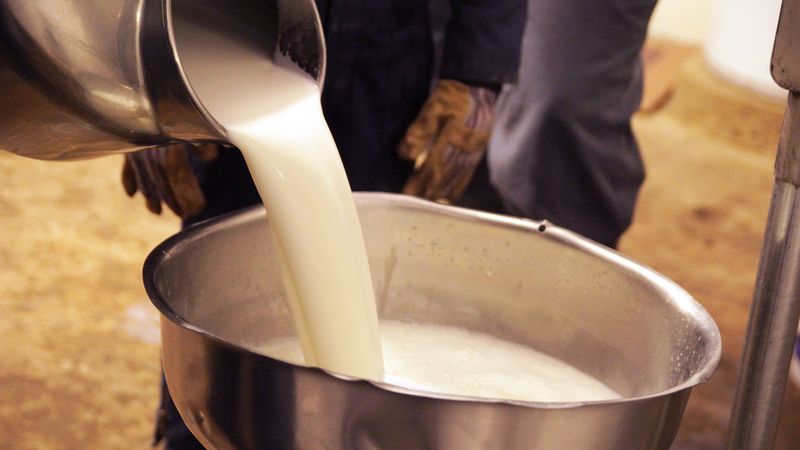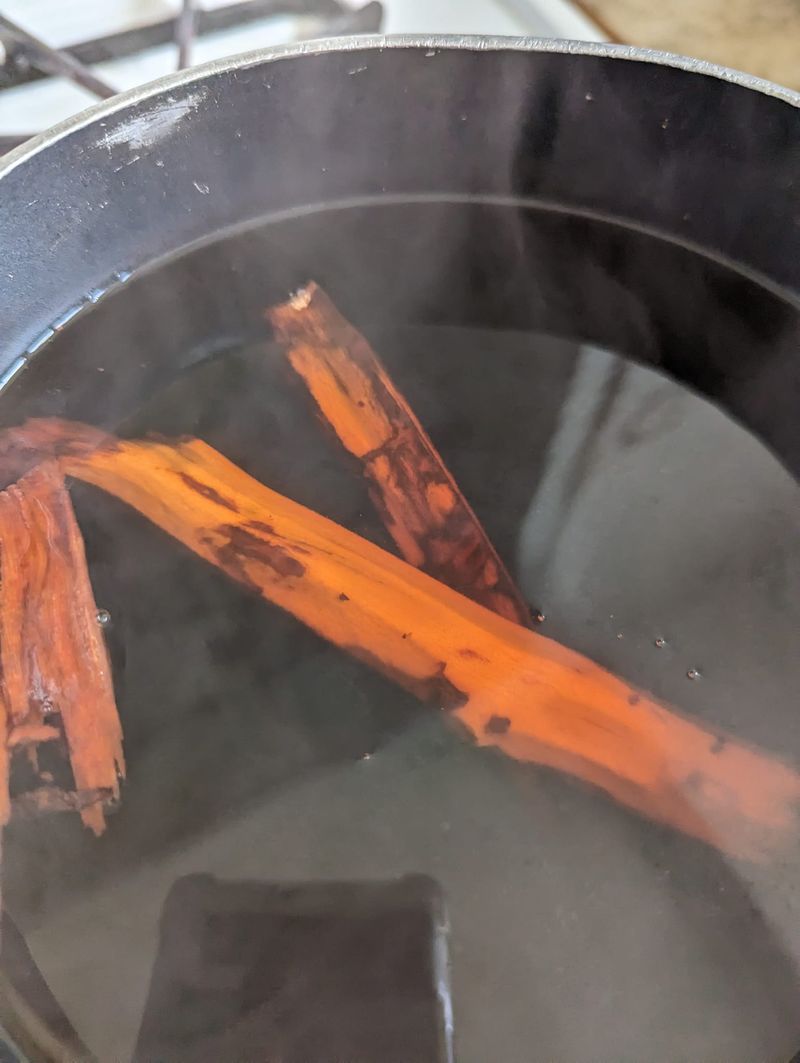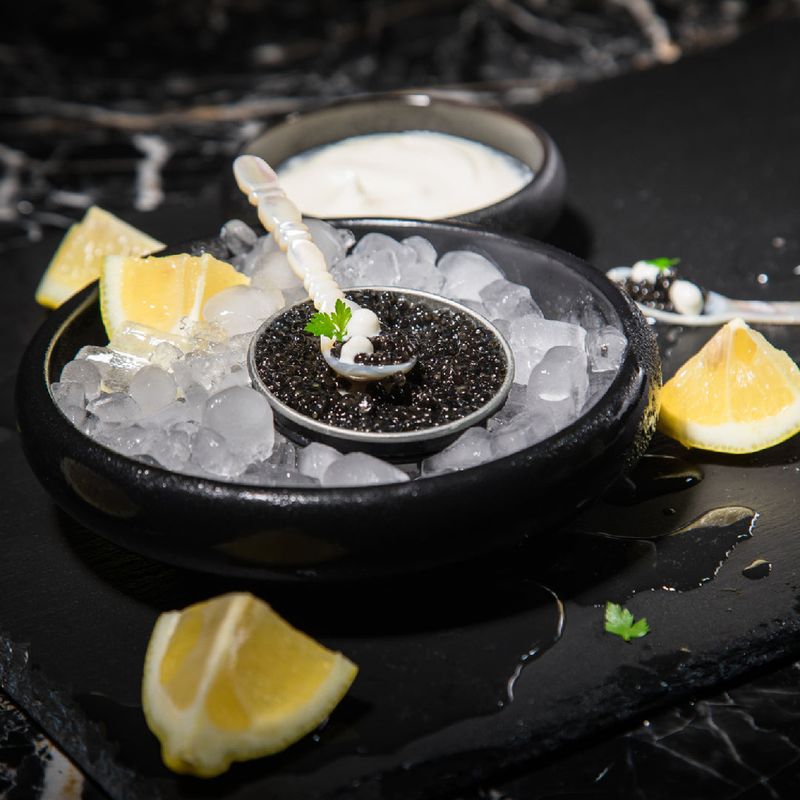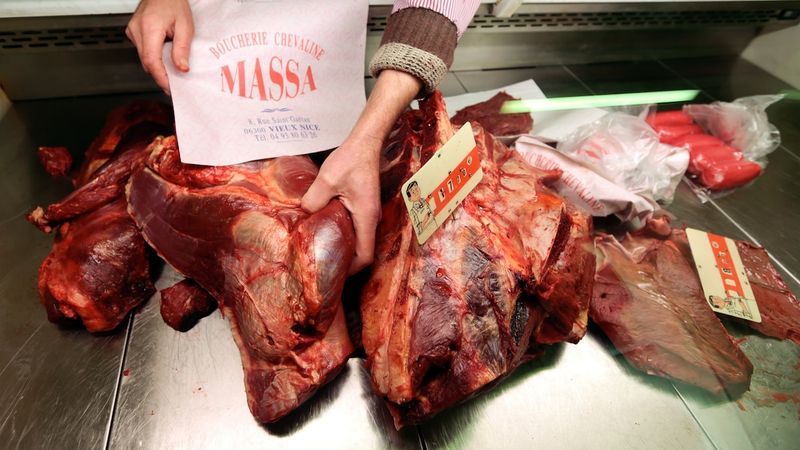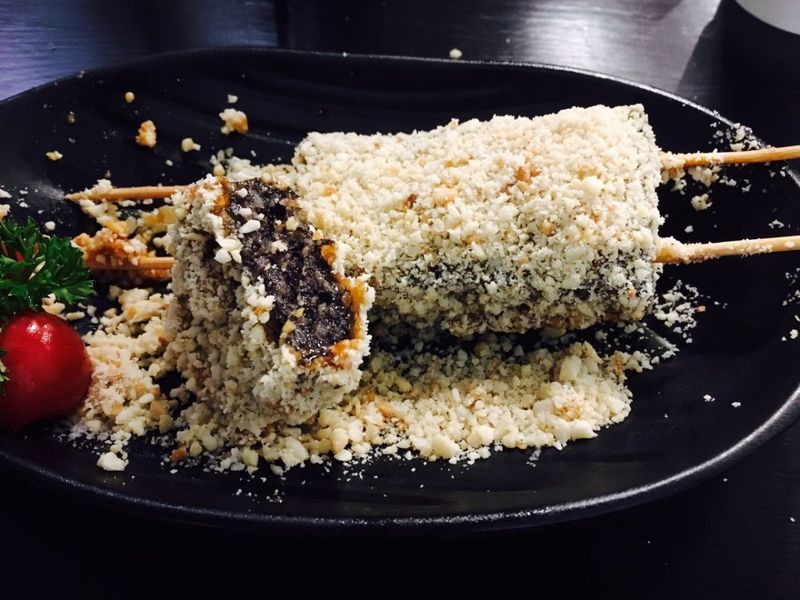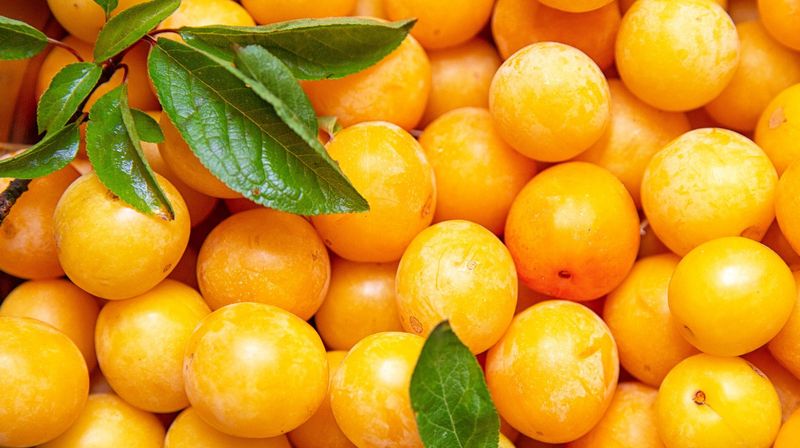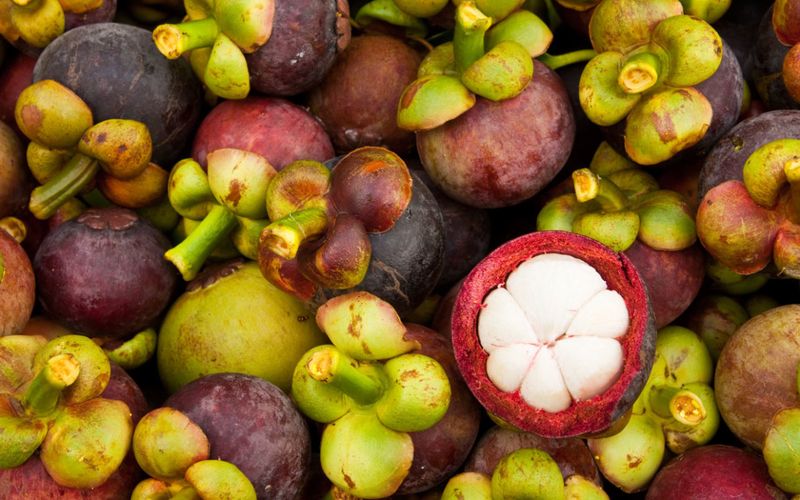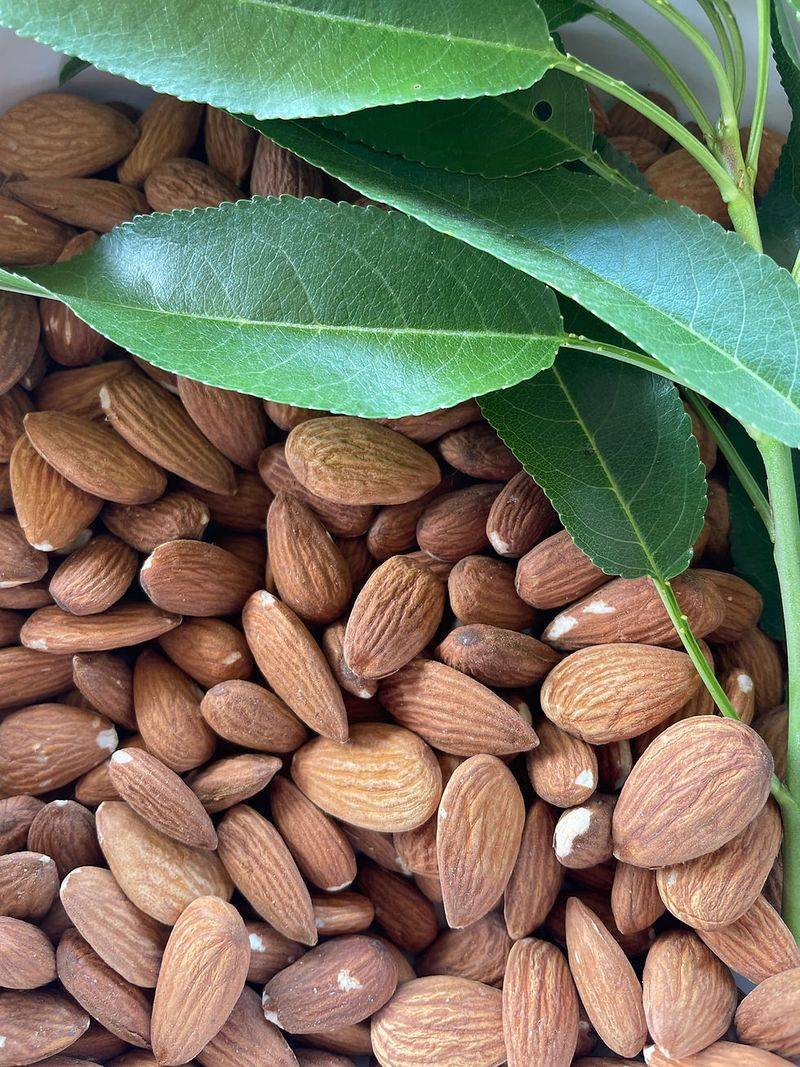Explore a fascinating list of 23 foods that, despite being banned in various parts of the world, continue to be consumed illegally. These items, ranging from traditional delicacies to controversial ingredients, highlight cultural values, culinary traditions, and the lengths people are willing to go to preserve them. Each entry reflects a unique story of flavor, history, and controversy. By understanding these foods and the reasons behind their bans, we can gain insight into global culinary practices and the complex relationship between food regulations and cultural heritage.
1. Casu Marzu (Italy)
With origins deep in Sardinian tradition, Casu Marzu is a cheese that defies conventional taste boundaries. Known for containing live maggots, this sheep’s milk cheese transforms fermentation into an art. The larvae, intentionally added, contribute to its distinctive flavor and creamy texture. However, consuming this delicacy comes with risk, as the maggots can survive intestinally. Banned for health reasons, it still finds its way to clandestine tables in rural Sardinia. Its bold reputation and taste make it a symbol of culinary rebellion and cultural pride. Many locals consider it an integral part of their culinary identity.
2. Absinthe (Multiple Countries)
Once the muse of artists and poets, Absinthe’s allure is as mysterious as its green hue. Famously known as the “Green Fairy,” Absinthe was historically blamed for hallucinations, a stigma linked to the chemical thujone from wormwood. While its legal status has changed, high-proof versions remain restricted in some regions. Despite this, Absinthe continues to captivate with its ritualistic preparation and bold flavor. Artisanal distillers maintain its legacy, providing clandestine enjoyment for enthusiasts. The drink’s history is a testament to its influence on art and society, as well as the ever-evolving nature of food and drink laws.
3. Hákarl (Fermented Shark, Iceland)
In Iceland, Hákarl is both a delicacy and a testament to survival ingenuity. Derived from the toxic Greenland shark, its preparation involves fermentation that neutralizes harmful substances. The pungent aroma and bold flavor are not for the faint-hearted, yet it remains an essential part of Icelandic heritage. Though banned for export due to its potential toxicity, locals continue to celebrate it, especially during the midwinter festival of Þorrablót. Hákarl reflects the island’s harsh conditions and its people’s resilience, embodying a unique cultural experience for those daring enough to try it.
4. Sassafras Oil (USA)
Sassafras oil evokes nostalgia for a bygone era of homemade root beer. Once a staple flavoring, it was banned due to safrole, a compound linked to cancer. Despite its prohibition in food, the traditional practice of brewing root beer with Sassafras persists among enthusiasts. Its sweet, spicy aroma and historical significance offer a glimpse into American culinary evolution. Home brewers often seek it out clandestinely, preserving a cherished tradition. The oil’s story is intertwined with cultural shifts in food safety and the enduring appeal of nostalgic flavors.
5. Ortolan Bunting (France)
Ortolan Bunting represents a gourmet’s secret and a conservationist’s concern. Traditionally, the tiny bird is eaten whole after being drowned in brandy, a practice steeped in mystery and luxury. Despite legal protections due to its endangered status, the Ortolan continues to appear at exclusive French dinners, often shrouded in secrecy. The ritual involves covering one’s head with a napkin, enhancing the experience and maintaining anonymity. This culinary tradition embodies France’s complex relationship with gourmet dining and conservation efforts, illustrating the tension between indulgence and environmental responsibility.
6. Ackee (USA, Raw)
Ackee, a vibrant symbol of Jamaican cuisine, holds a duality of danger and delight. When unripe, this fruit contains hypoglycin, a toxin causing Jamaican vomiting sickness. In the U.S., only canned ackee is permitted, yet the allure of fresh ackee persists among Caribbean communities. Its buttery texture and unique flavor define dishes like ackee and saltfish, Jamaica’s national dish. The fruit’s captivating history underscores the challenges of balancing cultural heritage with safety. Despite the ban, ackee remains a cherished culinary treasure for those who savor its rich taste and cultural significance.
7. Foie Gras (Multiple U.S. States, India)
Few foods spark as much debate as Foie Gras, an emblem of gourmet indulgence. Produced by force-feeding ducks or geese, it’s celebrated for its rich, buttery texture but condemned for perceived animal cruelty. Banned in several regions, including parts of the U.S. and India, it remains a coveted delicacy. Underground networks ensure its presence on elite menus, highlighting cultural clashes over food ethics. Foie Gras symbolizes the dichotomy between culinary artistry and animal rights, reflecting on broader societal values and the complexities of luxury dining in a modern context.
8. Bushmeat (Africa, USA/EU)
Bushmeat carries a deep cultural significance in many African societies, yet poses significant health risks. Often sourced from primates, bats, and other wildlife, it is linked to zoonotic diseases like Ebola. Despite bans due to public health concerns and conservation efforts, bushmeat remains in demand globally, trafficked illegally across continents. This enduring practice highlights the tension between traditional dietary customs and modern safety standards. The trade’s persistence reveals the challenges of enforcing wildlife protection laws and the cultural complexities surrounding indigenous foods.
9. Fugu (Pufferfish, Japan & Elsewhere)
Fugu, the infamous pufferfish, offers a culinary thrill like no other. Containing tetrodotoxin, a potent poison, it demands meticulous preparation by licensed chefs. Despite its dangers, Fugu is celebrated for its delicate taste and texture, making it a sought-after dish in Japan and beyond. Illegal versions circulate, adding an element of risk for adventurous diners. This dish represents the pinnacle of culinary artistry and the allure of danger. Fugu’s place in Japanese culture is both revered and controversial, illustrating the blend of tradition, skill, and audacity in fine dining.
10. Unpasteurized Milk (USA, Canada, Australia)
Unpasteurized milk, often called raw milk, hearkens back to simpler times but carries modern health warnings. Advocates praise its richer taste and nutrients, while critics warn of pathogens like E. coli and listeria. Despite being banned in many places, it finds its way into markets through legal loopholes, often labeled as “pet milk.” This ongoing debate reflects broader themes of food freedom versus safety regulations. The allure of raw milk persists among those who value tradition and natural flavors, challenging contemporary food safety norms and regulations.
11. Kinder Surprise Eggs (USA, 2018-2022)
Kinder Surprise Eggs, beloved by children globally, faced a peculiar ban in the USA due to a choking hazard from the toy inside. Before a modified version was approved, these chocolate treats were smuggled from Canada and Mexico, creating a black market for nostalgic collectors. The eggs’ whimsical nature and hidden surprises enchant young and old alike, symbolizing joy and curiosity. Their brief ban highlights cultural differences in safety standards and a universal love for playful indulgence. This tale of a banned delight underscores the convergence of childhood wonder and regulatory caution.
12. Sassafras Tea (USA)
Sassafras tea, a traditional Appalachian brew, offers a taste of history with a hint of controversy. Known for its aromatic charm, it was banned because safrole was linked to liver damage. Despite this, the tea remains a cherished beverage among traditionalists, who brew it with a nod to the past. Its rich, spicy profile evokes a sense of nostalgia and connection to the land. The story of Sassafras tea highlights the interplay between cultural traditions and evolving scientific understanding, illustrating the enduring appeal of time-honored drinks despite modern health concerns.
13. Shark Fins (Multiple Countries)
Shark fins, a controversial delicacy, are at the heart of a heated conservation battle. Valued in Asian cuisine, particularly for shark fin soup, their harvest involves brutal finning, leading to significant shark population declines. Though banned in many regions to protect these vital ocean predators, demand persists on the black market. This ongoing issue underscores the clash between culinary traditions and environmental ethics. Advocates for shark conservation strive to shift cultural perceptions, highlighting the importance of sustainability in preserving marine biodiversity for future generations.
14. Beluga Caviar (USA, EU)
Beluga caviar, synonymous with luxury, faces bans due to overfishing that threatens wild sturgeon populations. The U.S. and EU restrictions aim to protect these ancient fish, yet the allure of this delicacy fuels a thriving illegal trade. Its rich, buttery flavor and rarity make it a symbol of opulence and exclusivity. The story of Beluga caviar highlights the challenges of balancing gourmet desires with ecological conservation. Efforts to cultivate sustainable alternatives continue, reflecting the complex relationship between human indulgence and environmental stewardship.
15. Redfish (USA, 1980s-90s)
Redfish, once a culinary sensation, became a conservation cautionary tale. Popularized by Chef Paul Prudhomme’s blackened redfish craze in the 1980s, it faced overharvesting in the Gulf of Mexico. Though bans were implemented to aid recovery, poaching persists, highlighting the tension between demand and ecological responsibility. This fish’s journey from abundance to scarcity underscores the impact of culinary trends on marine ecosystems. Today, the redfish story serves as a reminder of the delicate balance required to sustain both culinary creativity and environmental health.
16. Horse Meat (USA, UK)
Horse meat, while taboo in some cultures, is a staple elsewhere. In the USA and UK, cultural sentiments largely dictate its ban, contrasting with regions where it’s consumed without controversy. Occasionally smuggled into sausages or mislabeled, it represents a culinary curiosity. This divergence in dietary norms reflects broader cultural differences in food acceptance. Horse meat’s journey from staple to forbidden highlights the role of tradition and emotion in shaping food laws. Its story illustrates the complex interplay of cultural identity and dietary choices across the globe.
17. Four Loko (Original Formula, USA)
Four Loko, with its potent mix of caffeine and alcohol, became a collegiate legend before its formula was banned. Known for wild nights and hospital visits, this drink’s original version is now a collector’s item. Despite reformulation, the lore of Four Loko endures, representing youthful rebellion and excess. Its story reflects the challenges of balancing product innovation with public health concerns. The original formula’s ban highlights the tension between consumer demand and regulatory oversight, a narrative that echoes in the lives of those who remember its heyday.
18. Pig’s Blood Cake (China, Banned in Some Areas)
Pig’s Blood Cake, a beloved Taiwanese street food, faces bans due to health concerns over preparation methods. Made from pig’s blood and rice, it offers a unique taste experience celebrated in night markets. Despite restrictions in certain areas, its popularity persists, capturing the essence of Taiwanese culinary culture. This dish’s resilience speaks to the enduring appeal of street food, where flavor and tradition triumph over regulation. Pig’s Blood Cake’s story is emblematic of the cultural richness found in street markets and the complexities of food safety.
19. Mirabelle Plums (USA, Unapproved Varieties)
Mirabelle plums, petite and golden, are a treasured specialty of Lorraine, France. In the USA, certain varieties faced bans due to fears of becoming invasive. Despite this, they are secretly cultivated by dedicated farmers, preserving their delicate sweetness. The plums’ journey across borders highlights the tension between agricultural diversity and ecological caution. Their story is a celebration of passion for unique flavors and the determination to maintain culinary heritage. The allure of Mirabelle plums underscores the intricate dance between regulation and the pursuit of taste.
20. Mangosteen (USA, Until 2007)
Mangosteen, hailed as the “queen of fruits,” faced a ban in the USA over fears of introducing Asian fruit flies. Lifted in 2007, its vibrant purple rind and sweet, tangy flesh now enjoy legal status. This fruit’s odyssey from restriction to acceptance exemplifies the evolving nature of food import laws. Its exotic taste and health benefits have earned it a devoted following. Mangosteen’s journey reflects the challenges of balancing biodiversity protection with consumer demand, offering a vibrant chapter in the story of global fruit trade and cultural exchange.
21. Sea Turtle Eggs (Multiple Countries)
Sea turtle eggs, treasured in some cultures for their taste and believed aphrodisiac properties, face strict bans to protect endangered turtle populations. Despite conservation efforts, they continue to be poached, reflecting ongoing challenges in wildlife protection. This practice underscores the conflict between traditional customs and environmental preservation. Sea turtle eggs’ illegal trade highlights the urgent need for global cooperation in conservation efforts. Their story is a poignant reminder of the delicate balance needed to preserve both cultural traditions and the natural world for future generations.
22. Raw Almonds (USA, Since 2007)
Raw almonds, once freely enjoyed, face restrictions in the USA due to salmonella outbreaks, requiring pasteurization. Despite this, small farmers and raw food enthusiasts find ways to distribute them, highlighting the tensions between food safety and natural consumption. The allure of raw almonds lies in their pure, natural taste and versatility. Their tale reflects the broader themes of regulatory impact on traditional food practices. This narrative of almonds captures the essence of consumer choice and the ongoing dialogue between health standards and personal preference.
23. Chinese Mystery Snails (USA, Live)
Chinese Mystery Snails, an invasive species, find themselves at the center of both culinary interest and ecological concern. Banned live in the USA to prevent spread, they remain a delicacy in some Asian communities. Their presence highlights issues of biodiversity and the complexities of invasive species management. Despite their ban, these snails are cherished for their taste and cultural significance. The story of Chinese Mystery Snails exemplifies the intersection of environmental stewardship and cultural tradition, offering insight into the challenges of balancing ecological health with culinary diversity.
